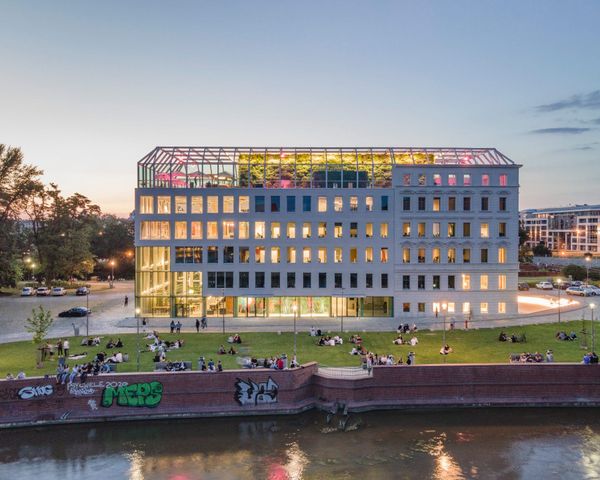Things that may seem natural to the majority of us – such as hand writing, chatting or the fact that we have a place we call home – are not available to certain communities or pose everyday difficulties for them. Designers must respond to their needs, too, without designing stigmatizing objects or buildings. The second part of our article series features projects putting the tools of social design to use and taking a sensitive approach to social problems with complex underlying cultural and political issues. Their aim is to help the integration of multiply disadvantaged social groups, or to present the situation of the communities at the periphery of society with a sensitizing approach, be it the homeless, people on the spectrum and people with communication difficulties, children with special education needs or people living in extreme poverty.
Design is everywhere, may it be in a visual, physical, spatial, digital form or in the shape of an event. It is about our everyday objects, formal and technological experiments, about social responsibility, visual education, local values, modernity, processes triggering change and many other things that define our everydays, the image perceived of our environment and society at the same time. To showcase this, we hand-picked our favorites from the diploma projects of this year’s graduating designers of Hungarian art universities: Moholy-Nagy University of Art and Design, the Media and Design Department of the Visual Art Institute in Eger, Budapest Metropolitan University and the Institute of Applied Arts of the University of Sopron. Our Best of diploma 2020 article series will thematically present a group of the most exciting works of Hungarian designers each week.
Juli Kéri – SPECI
(Moholy-Nagy University of Art and Design)
In her architecture diploma project, Juli Kéri examined the situation of Hungarian special children’s homes. Her choice of topic is important and relevant, as the institutions are in deed facing complex problems about which we may think at first that they are far beyond the competence of architecture. Juli Kéri’s vision displaying an optimist, sensitive and systematic approach does not only encompass a plan for a children’s home but proposes a new institutional model, too. The complex of SPECI provides care for children aged 12-18 with special educational needs in Dürer Kert, consisting of a children’s home, an after-care unit and a gymnasium. The spatial arrangement solutions promote both the operation of an active “mini society” and social integration. For example, the closed central courtyard facilitates looking inwards, while many other design solutions (e.g. the avoidance of fencing, or the choice of location itself) promote opening towards the outer world.
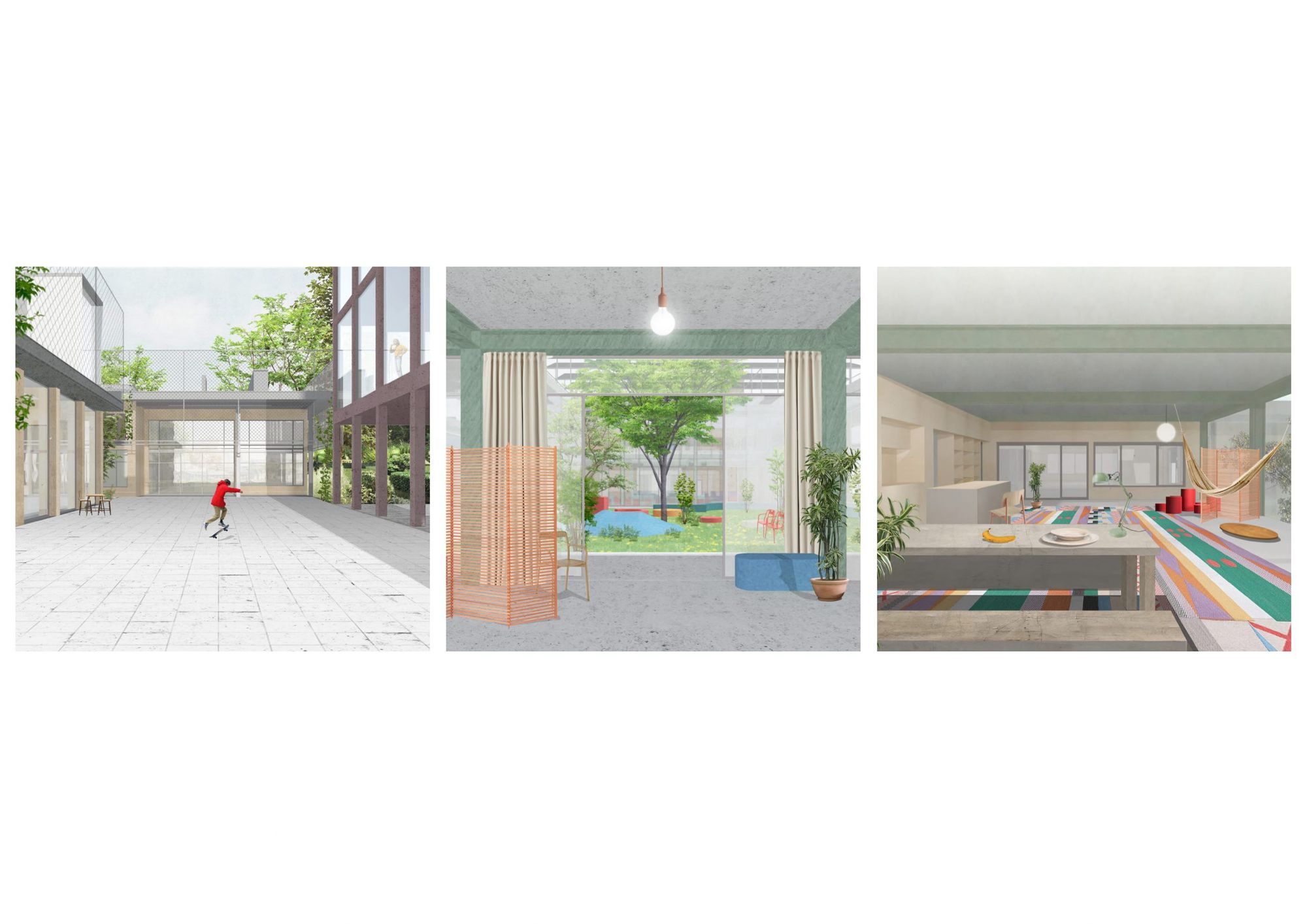
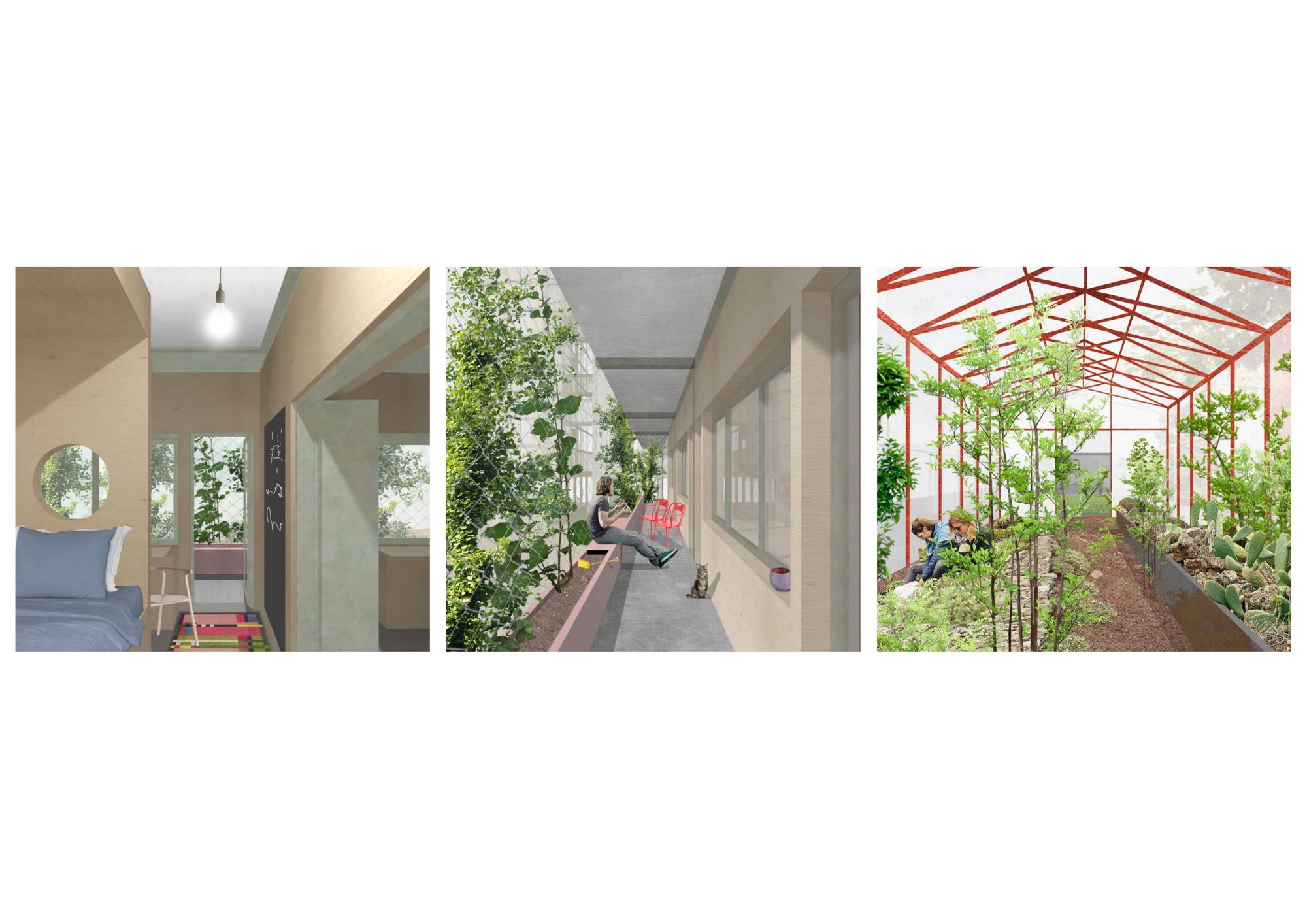
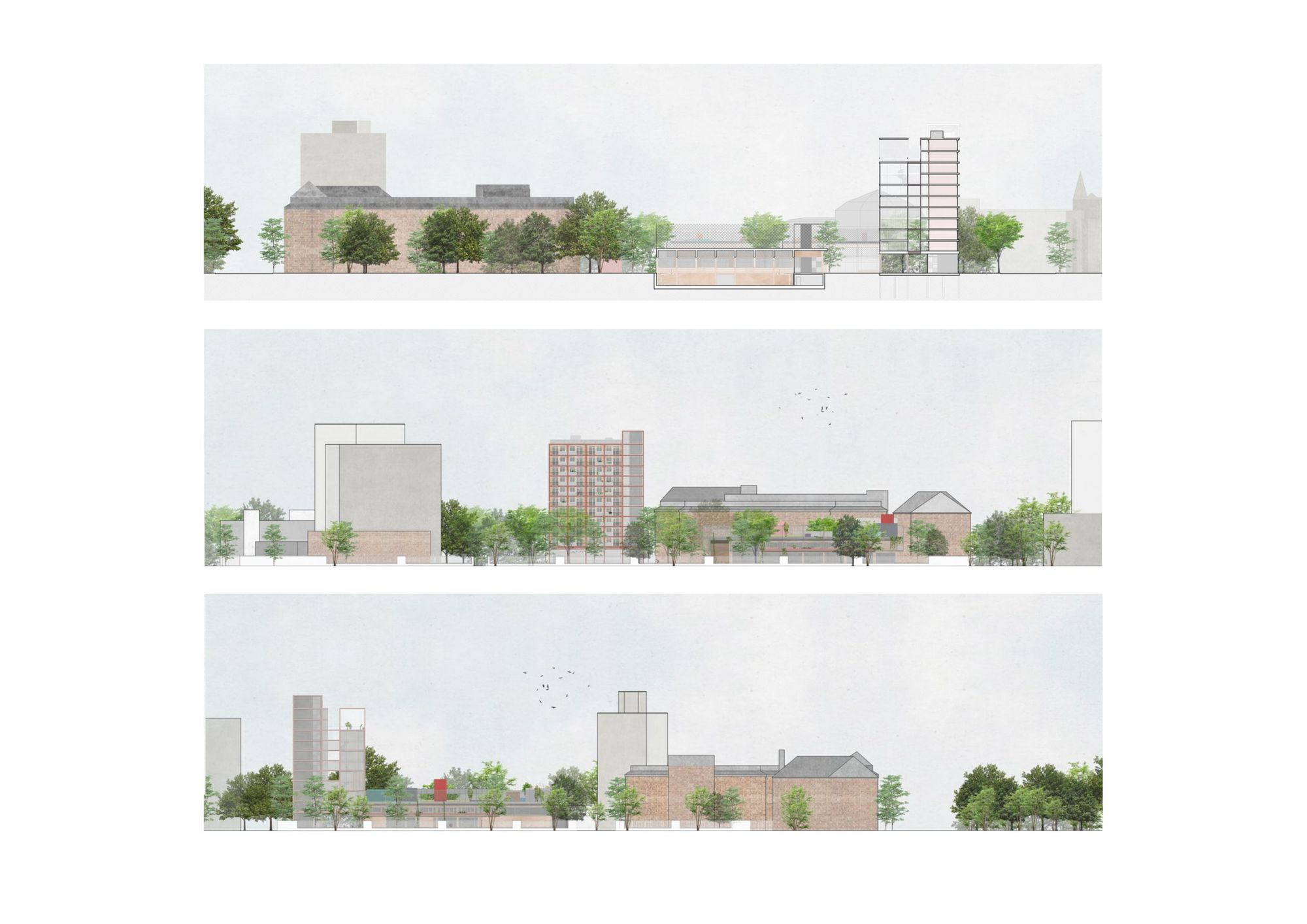
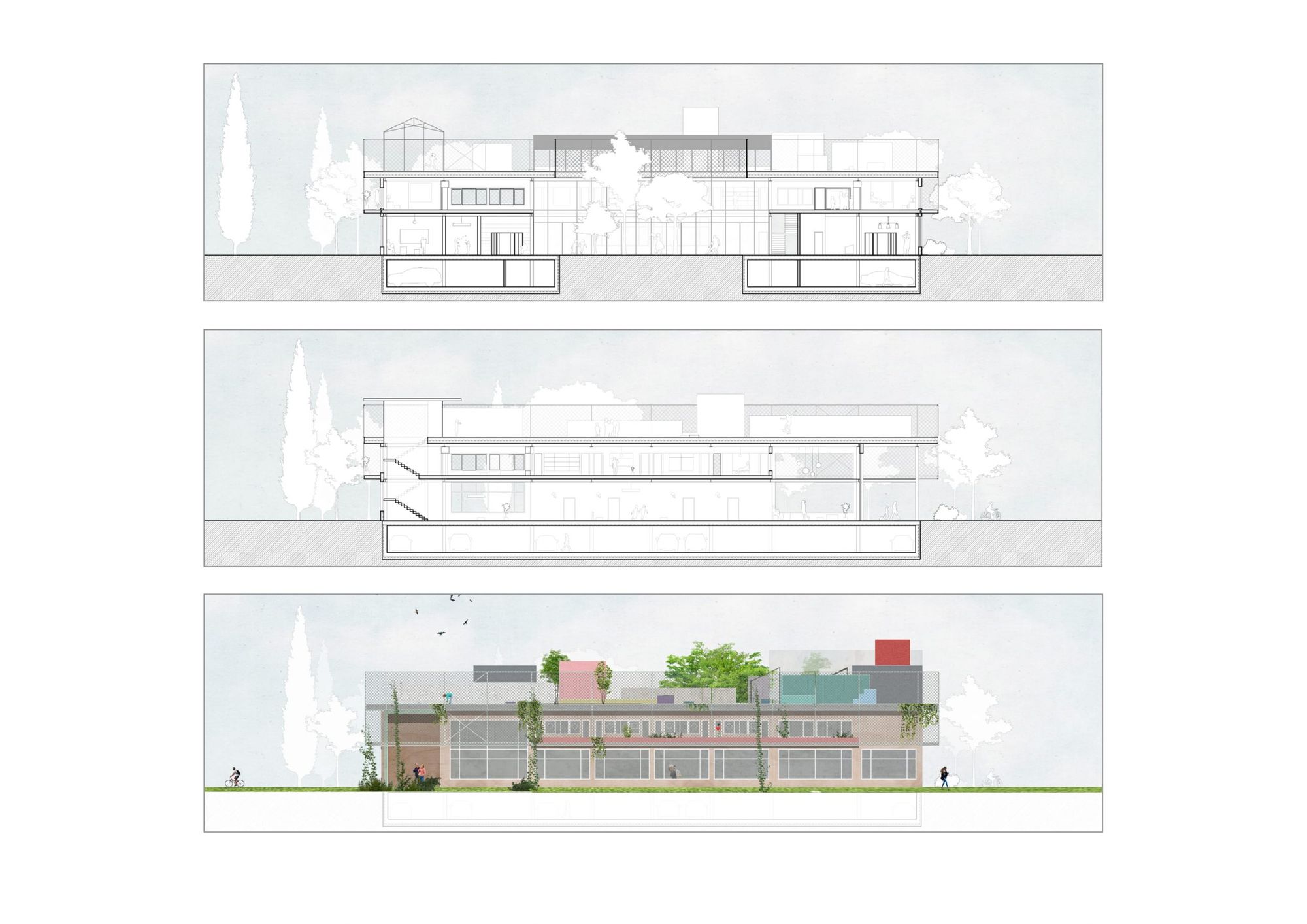
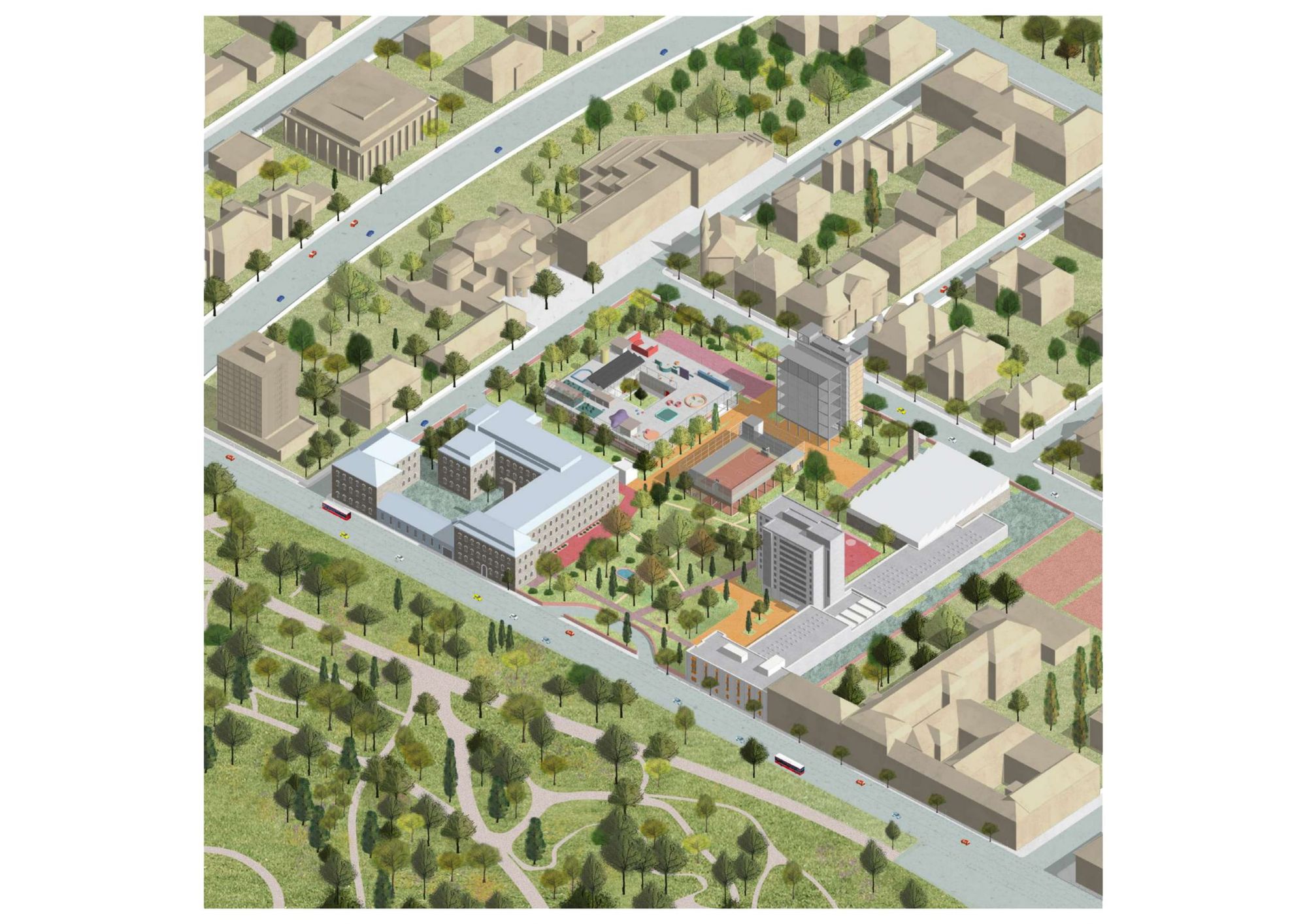
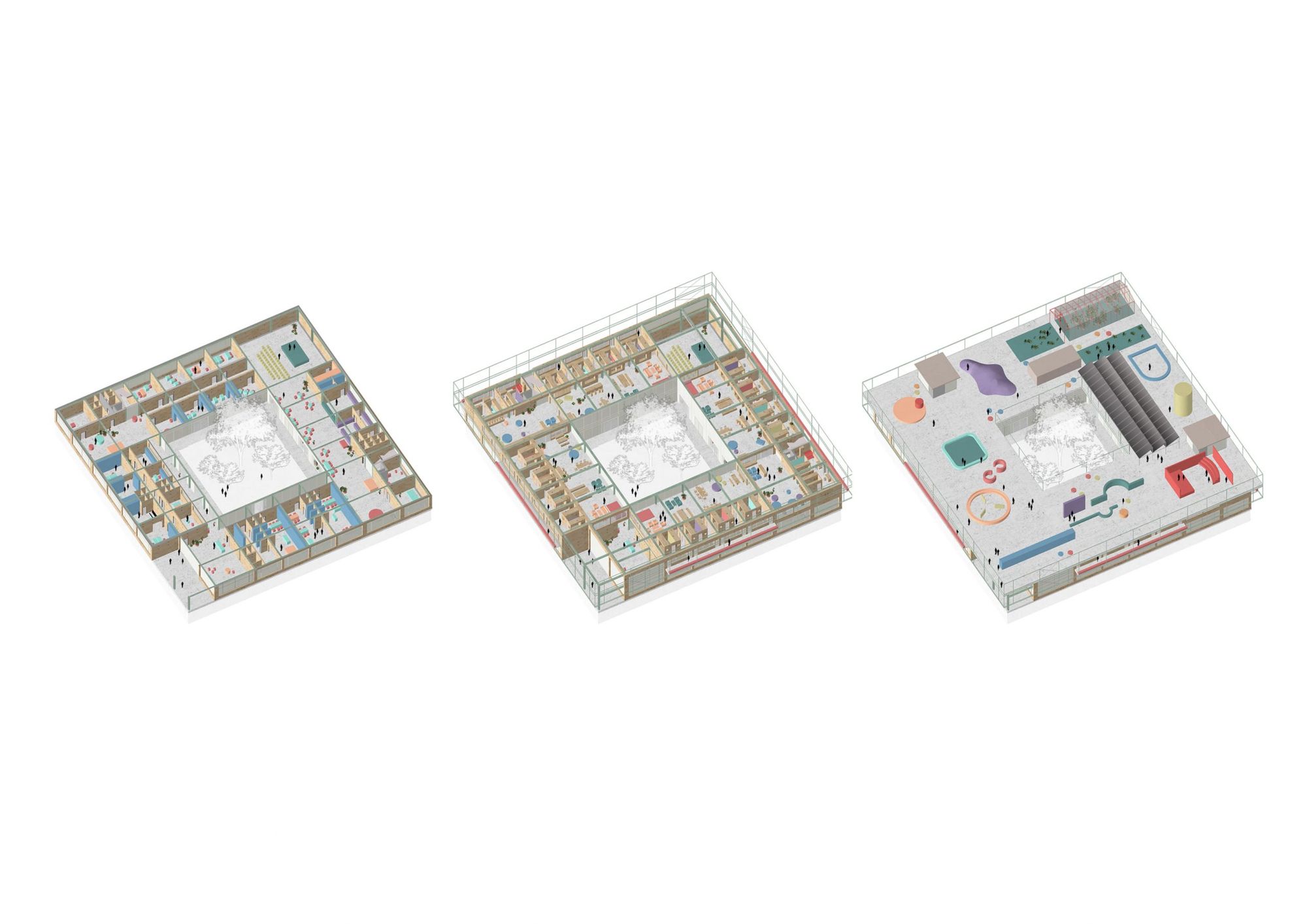
Máté Kondor – CIMBI
(Moholy-Nagy University of Art and Design)
A playful look and clay figures-like friendly illustrations call cimbi, the digital service to life, which helps people on the spectrum with advanced skills and those suffering from communication difficulties establish quality relationships. In the course of researching and testing, Máté Kondor built on the feedback received from his brother who is on the spectrum but has advanced skills greatly. The application creates a safe framework for the target group, where the “icebreaking” cards and matching according to interests help start and maintain a smooth conversation. Using the avatar, body shaming can be avoided which is an important factor in the course of building self-confidence.




Máté Kondor | vimeo
Hanna Horányi – Elementary school in Senegal
(University of Sopron)
Hanna Horányi has been drawn to African folklore architecture and culture, as well as projects driven by social responsibility for years. In her BA diploma project, at the request of Afrika Másként Alapítvány (Africa Another Way Foundation) she designed an elementary school for Dakar-Yeumbeul slum in Senegal, in the course of which she set reviving traditions and creating a livable and loveable educational platform for the children as the main goals. Her designs recall the local construction culture based on cob, and also pay particular attention to the issues of light and ventilation. The spectacular roof structure of the single-story building is connected to and rises above the corpus of the building with unique bamboo holders.


Henrietta Rózsa Bodnár – ROLLI
(Moholy-Nagy University of Art and Design)
Henrietta Rózsa Bodnár focused on the development of multiply disadvantaged children in cooperation with Csillagház Elementary School. Her diploma project, ROLLI, was made as a result of the collaboration, which is an aid that can be attached to one’s forearm, moving on rollers, with the help of which physically disabled children can improve their gross and fine motor skills in the course of drawing. There are similar aids currently in use, however, Henrietta wanted to design a more sustainable device with a friendlier appearance than the old-school rigid hand orthosis that usually end up being thrown away after a short period of use. ROLLI is made of PLA with 3D printing, and it can be customized to each person, thus, by providing only a few data, a customized aid can be created that is worn by children happily, and the use of which may develop both their cognitive skills and self-confidence at the same time. Based on testing so far, the easy-to-clean and breathable ROLLI can also be placed on by the kids themselves safely and soundly.
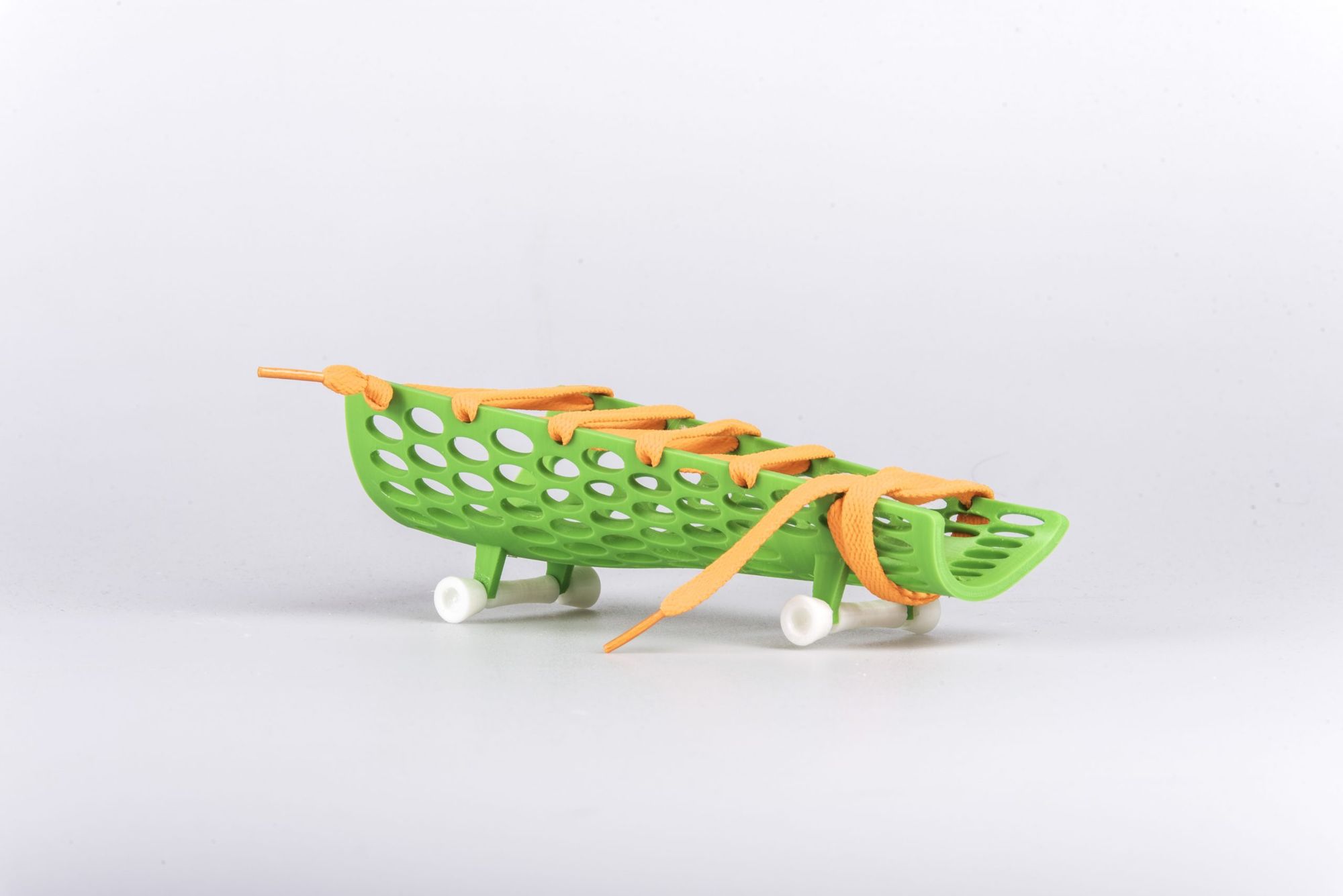

Móni Hollósy – -5”/Törésvonalak (-5”/Breaking lines)
(Budapest Metropolitan University)
Móni Hollósy started to focus on the situation of the homeless when the rule regulating habitual residence on public spaces was adopted in Hungary in October 2018. However, the social network (that could protect the members of the society from falling) has not become more tightly woven, only the visibility of the problem changed, and the Coronavirus epidemic further enhanced the vulnerability of those on the periphery of society. The designer documents the findings of her several month long anthropology research in the book titled ‘ -5/törésvonalak’, presenting the course of life, portraits and the visual imprints of the situations going hand in hand with their lifestyle. The book consists of five chapters, reflecting on the five necessities of life – food; shelter; family; clothing and work. The link between the vulnerability of the homeless and natural phenomena echo on the visual metaphors made with experimental typography, which are the results of experiments with various sources of light, steam and ice. The purpose of the book is to make the invisible visible, and to influence the social sensitivity of the reader by presenting the fates of these individuals.

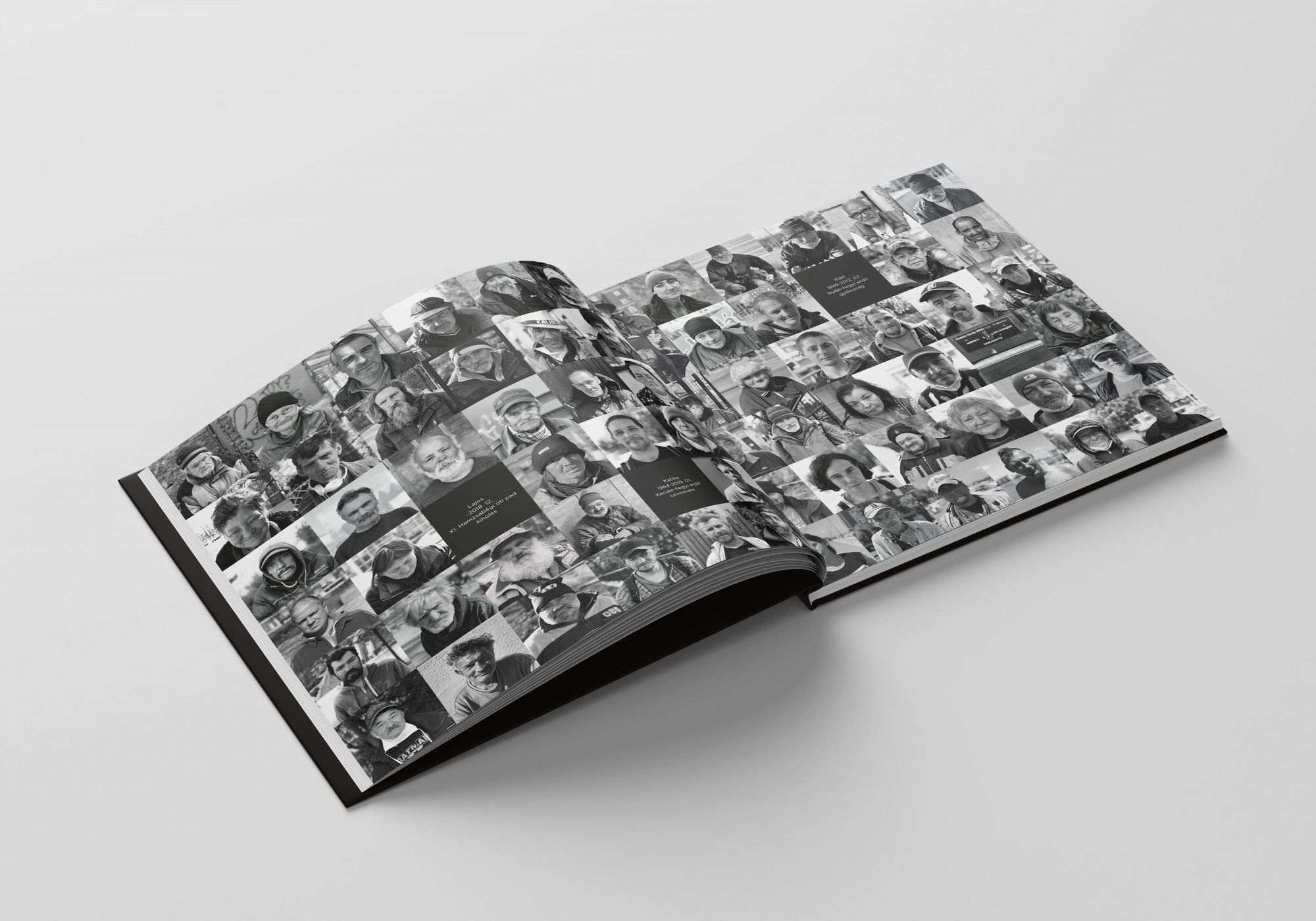


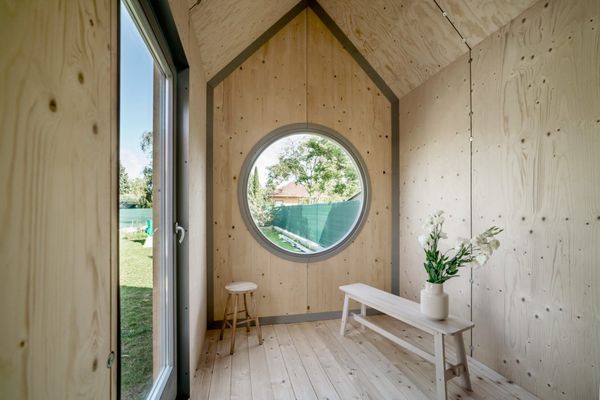
Design cabin, for an affordable price | Meet Hello Wood Kabinka!
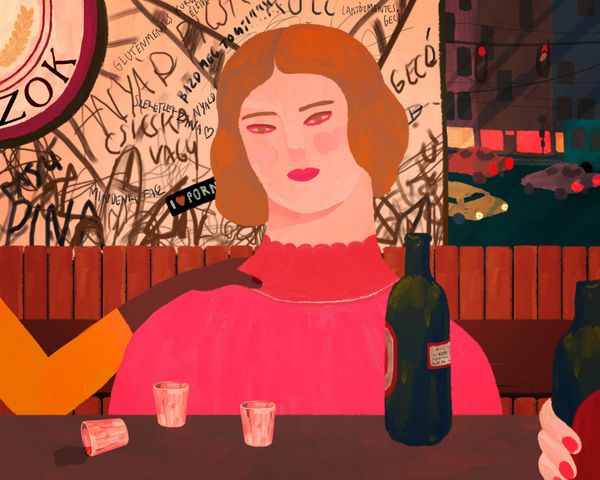
27 - My Last Day at Home | Flóra Anna Buda’s latest short film
